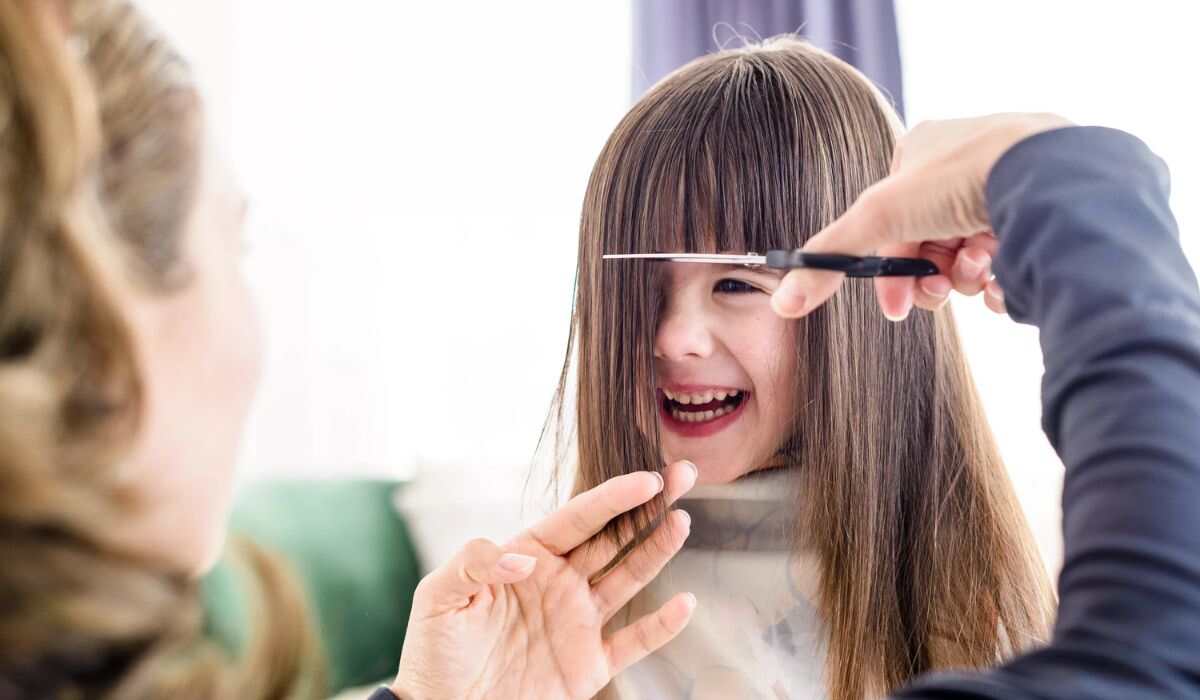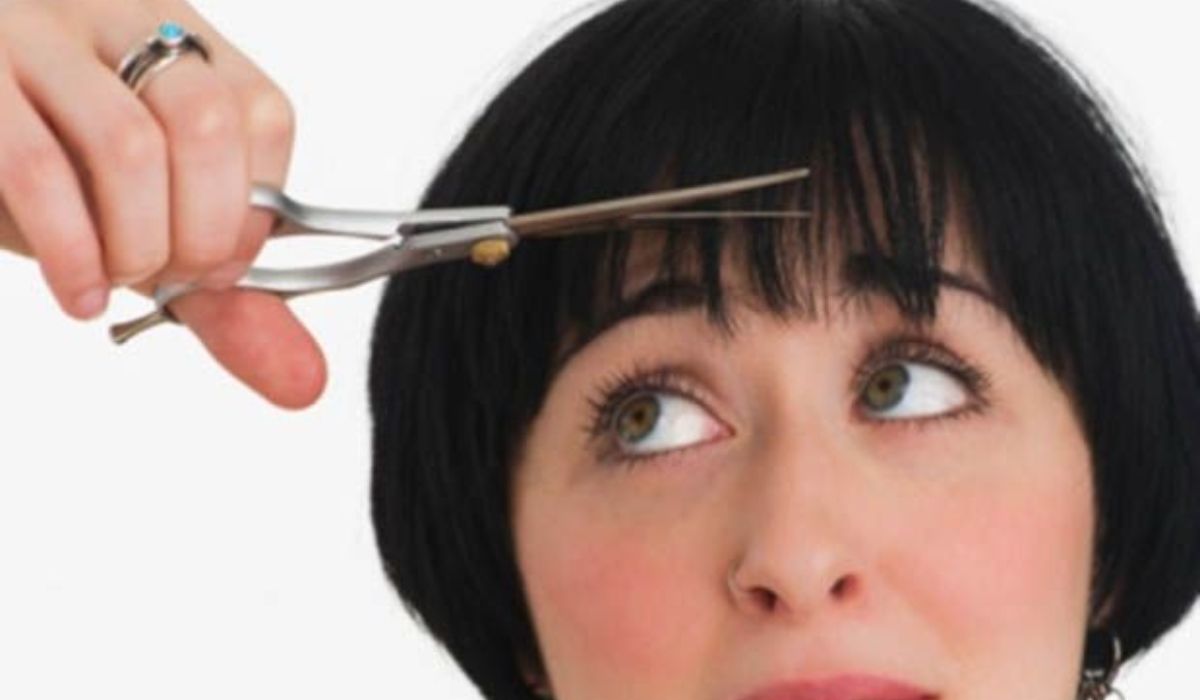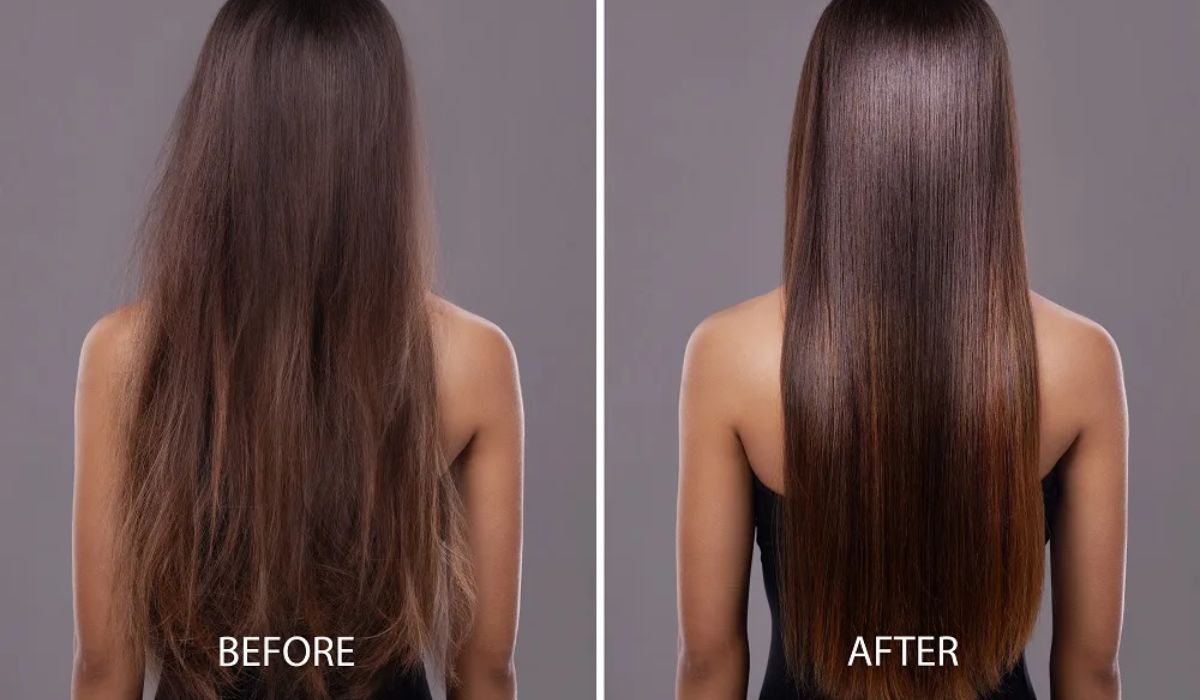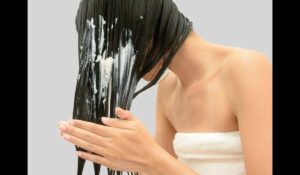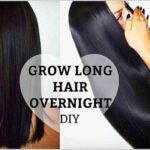Cutting hair wet with more control and precision is easier to evenly distribute while cutting dry allows for a more accurate assessment of the final look and how the hair naturally falls. Both methods have their advantages depending on the desired outcome and hair type.
Deciding to cut hair wet or dry depends on personal preference and the desired outcome. Cutting wet hair can provide more precision and control, making it suitable for certain styles and techniques. On the other hand, cutting dry hair allows the stylist to see the natural texture and movement, which can be beneficial for creating customized cuts. It’s important to communicate with your stylist to determine the best approach based on your hair type and styling goals.
To cut hair wet or dry is a common question among both hairstylists and those getting haircuts. The answer depends on personal preference and the desired result. Cutting hair wet can provide more control and precision, especially for certain techniques like blunt cuts. On the other hand, cutting hair dry allows the stylist to see the natural texture and movement of the hair, which can be beneficial for creating layered or textured styles.
Hair Texture Impacts Cutting Technique
When it comes to cutting hair, the texture plays a crucial role in determining the best technique. Different hair textures, such as straight, wavy, curly, or kinky, have unique characteristics that affect how they fall and behave. For example, cutting straight hair might involve precise, clean lines to achieve a sleek look, while cutting curly hair often requires a more strategic approach to maintain its natural bounce and shape. Understanding the texture helps hairstylists choose the right tools and methods to create the desired hairstyle while enhancing the hair’s natural qualities.
Hair texture impacts cutting technique not only in terms of aesthetics but also in practicality and manageability. Coarser hair, for instance, may require specialized techniques to prevent frizz and maintain a smooth finish. On the other hand, fine hair may need careful layering to add volume and movement without making it appear sparse. By considering the texture during the cutting process, hairstylists can tailor their approach to meet the specific needs of each client, ensuring they leave with a hairstyle that complements their natural texture and suits their lifestyle.
The Role Of Hair Texture In Wet Vs. Dry Cutting
Assess Hair Texture: Before starting the cutting process, assess the texture of the hair. Determine whether it’s straight, wavy, curly, or kinky as this will influence the cutting technique.
Wet Cutting for Precision: When cutting wet hair, the water helps to weigh down the hair, making it easier to create precise lines and angles. This technique is suitable for straight or slightly wavy hair textures, allowing for accurate shaping.
Dry Cutting for Texture: Dry cutting is ideal for hair with natural texture, such as curls or waves. By cutting the hair in its natural state, hairstylists can better see how the curls or waves fall and adjust the cut accordingly to enhance texture and shape.
Consider Shrinkage: Curly or kinky hair may shrink as it dries, so cutting it while dry allows for better control over the final length. Wet-cutting curly hair may result in an inaccurate length once it dries and shrinks.
Adapt Techniques: Depending on the client’s hair texture and desired style, hairstylists may use a combination of wet and dry cutting techniques. It’s essential to adapt the cutting method to best suit the individual’s hair type, ensuring a tailored and flattering result.
Advantages of Cutting Hair When Wet
Enhanced Precision: Cutting hair when wet allows for greater precision and accuracy as the hair is more manageable and easier to control. This ensures cleaner lines and a more polished final result.
Smooth Cutting Experience: Wet hair is smoother and more uniform, making it easier for scissors or clippers to glide through without causing uneven cuts or snagging.
Reduced Friction: Wet hair experiences less friction between strands, minimizing the risk of split ends and damage during the cutting process.
Easier Styling: After a wet haircut, hair tends to dry into its natural shape, making styling simpler and more predictable. This can save time and effort in achieving the desired look.
Better Visualization: Wet hair allows hairstylists to better visualize the hair’s natural texture, growth patterns, and any potential issues, such as uneven lengths or thinning areas, ensuring a more customized and flattering haircut.
Potential Drawbacks of Wet Hair Cutting
Wet haircutting, while popular in many salons, does come with its potential drawbacks. Firstly, wet hair tends to stretch, meaning that it may appear longer when wet than when dry. This can lead to inaccurate cutting lengths, potentially resulting in a style that doesn’t quite match expectations once dry.
Secondly, wet hair obscures the natural texture and movement of the hair, making it challenging to predict how the cut will behave once dry. This can sometimes lead to surprises after the hair has dried and styled, as the true shape and form of the haircut only become apparent once the hair is no longer wet.
Benefits of Dry Hair Cutting Techniques
Understanding Natural Hair Movement: Dry hair cutting allows hairstylists to observe how hair naturally falls and moves without being weighed down by water. This helps in tailoring the haircut to complement the individual’s unique hair texture and natural movement.
Precision and Accuracy: Cutting hair when it’s dry enables precise and accurate shaping. Stylists can see the hair’s true length and texture, making it easier to create layers, angles, and desired styles with more control and accuracy.
Customized Haircuts: Dry cutting allows for more personalized haircuts as stylists can adjust the haircut according to the client’s preferences and hair characteristics in real time. This customization ensures that the haircut suits the client’s face shape, hair density, and lifestyle.
Reduced Risk of Overcutting: Since the hair is cut in its natural state, there’s less risk of overcutting or removing too much length. Stylists can make informed decisions about how much hair to trim based on its dry texture, preventing any surprises once the hair is styled.
Enhanced Styling Results: Dry hair cutting often leads to better styling results as the haircut is tailored to the hair’s natural texture and movement. This results in hair that is easier to manage and style at home, with the haircut maintaining its shape and integrity between salon visits.
Limitations of Cutting Hair When Dry
Cutting hair when dry can have its limitations. One major issue is that dry hair lacks the flexibility and elasticity that comes with moisture. This means that it may not behave the same way as when it’s wet, making it difficult for the stylist to accurately assess how the hair will fall and move once it’s styled. Additionally, dry hair tends to be more prone to breakage and split ends, which can make achieving a precise and even cut more challenging. For these reasons, many hairstylists prefer to cut hair when it’s wet, as it allows for more control and precision in shaping the desired style.
Some techniques, particularly those involving texturizing or refining a haircut, may benefit from cutting hair when dry. In such cases, the stylist can see the hair’s natural texture and shape more clearly, allowing for more targeted adjustments. Despite these limitations, skilled hairstylists can still achieve excellent results when cutting hair dry, but it often requires additional expertise and careful consideration of the hair’s unique characteristics.
Precision Cutting: Wet vs. Dry
| Aspect | Wet Cutting | Dry Cutting |
| Hair Condition | Hair is wet and saturated with water. | Hair is dry and lacks moisture. |
| Texture Visibility | Hair appears smoother and straighter, making it easier to see the natural texture. | Natural texture is more visible, allowing for precise adjustments. |
| Control | Hair is more pliable, allowing for easier manipulation and control. | Hair may be less predictable, requiring more careful handling for precise cuts. |
| Precision | Allows for precise and even cuts, particularly for basic shaping and structure. | Can be beneficial for refining and texturizing techniques, but may require more skill and attention to detail. |
| Breakage Risk | Reduced risk of breakage due to hair’s elasticity when wet. | Hair may be more prone to breakage, especially if it’s dry or damaged. |
| Stylist Preference | The preferred method for basic haircuts and initial shaping. | Preferred for certain texturizing techniques and refining cuts. |
Choosing the Right Cutting Technique
Consider Your Hair Type: If you have thick hair, you might benefit from a technique like point cutting, which helps to remove bulk and add texture. For fine hair, a technique like blunt cutting might give more volume.
Think About Your Desired Style: If you want a soft, blended look, techniques like slide cutting or feathering can help achieve that. For a more structured style, blunt cutting or layering might be better.
Consult with Your Stylist: Your hairstylist is an expert and can recommend the best cutting technique for your hair based on its texture, thickness, and the style you want to achieve. Don’t hesitate to ask for their advice.
Consider Maintenance: Some cutting techniques require more upkeep than others. If you’re looking for a low-maintenance style, choose a technique that will grow out nicely and won’t require frequent touch-ups.
Be Open to Experimentation: Sometimes, the best way to find the right cutting technique is through trial and error. Don’t be afraid to try different techniques until you find the one that works best for you.
Impact Of Wet And Dry Cutting On Hair Health
Moisture Retention: Wet cutting involves cutting hair while it’s wet, which helps retain moisture in the hair shaft. This can prevent excessive drying and damage, promoting healthier hair over time.
Reduced Breakage: Wet cutting can reduce the risk of hair breakage since wet hair is more elastic and less prone to snapping than dry hair. This helps maintain the integrity of the hair strands, leading to healthier-looking hair.
Precision and Damage: Dry cutting, on the other hand, allows for more precise shaping and texturizing techniques. However, it may pose a higher risk of damage, especially for already dry or damaged hair, as the lack of moisture can make the hair more brittle and prone to breakage.
Texture Consideration: Dry cutting is particularly beneficial for assessing and working with the natural texture of the hair. This can be advantageous for achieving certain styles, but it requires careful handling to minimize damage and maintain hair health.
Stylist’s Expertise: Wet versus dry cutting on hair health depends on various factors, including the skill and expertise of the stylist, the condition of the hair, and the desired outcome. Both techniques have their advantages and limitations, and choosing the right approach is crucial for maintaining hair health while achieving the desired style.
Frequently Asked Questions
Will a cutting technique work for my hair type?
Yes, there are cutting techniques suitable for all hair types, from thick to fine, curly to straight. Your stylist can recommend the best one for you.
How often do I need to get a haircut with a specific cutting technique?
The frequency depends on the technique used, your hair growth rate, and your desired style. Some techniques require more frequent touch-ups than others.
Can I change my cutting techniques once I’ve had a haircut?
Yes, you can change cutting techniques in subsequent haircuts. Discuss your preferences with your stylist, and they can adjust the technique accordingly to achieve your desired look.
Conclusion
It’s better to cut hair wet or dry depending on various factors, including the desired style, hair texture, and personal preference of the stylist. Wet cutting offers precision and control, making it ideal for certain techniques like blunt cuts or layered styles.
On the other hand, dry cutting allows for a more accurate assessment of how the hair will fall naturally and can be advantageous for creating textured or personalized looks. Both methods have their merits, and the choice between wet or dry cutting should be based on individual circumstances and the specific needs of the haircut.
